Spider Plants: Easy Care & Durable As Can Be

by
Joy Us garden
(IC: blogger)
Spider Plants are the unruly wild child of the houseplant world.
Those long stems, with babies and flowers at the ends, just spray out any which way they want to! These hanging plants, with fleshy rhizomatic roots, need a bit of room to show off their arching displays. Spider Plants are one of the most easy care houseplants around, are tolerant of a wide range of conditions, adaptable and durable as can be.
Here’s what you need to know about caring for these trailing plants whose arching leaves look like large blades of grass. Most importantly, they adapt to a wide variety of conditions in your home.
as you can see, the babies produce roots which get bigger as they age. you want them to be about this size before removing them. those are some tough roots!
{
"id": "3161797",
"alt": "",
"title": "",
"video_link": "https://www.youtube.com/embed/zM7bPvsuHv0",
"youtube_video_id": "zM7bPvsuHv0"
}
{
"width": 634,
"height": 357,
"showRelated": true
}
Here’s a video shot in the greenhouses where we took the photos for our book. Happy growing!
Enjoyed the project?

Want more details about this and other DIY projects? Check out my blog post!
Published January 8th, 2016 12:53 PM
Comments
Join the conversation
4 comments
-
-
-
-
@Hannah V Thank you - it's always fun to film in a grower's greenhouse! Nell
 Joy Us garden
on Jan 10, 2016
Joy Us garden
on Jan 10, 2016
-
-



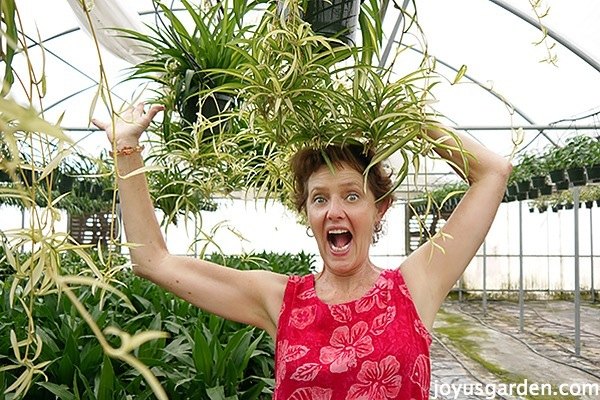



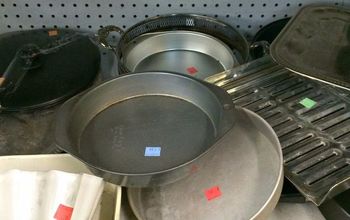





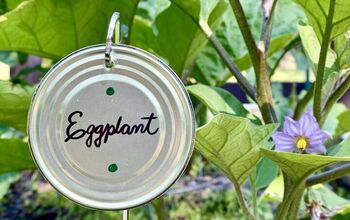
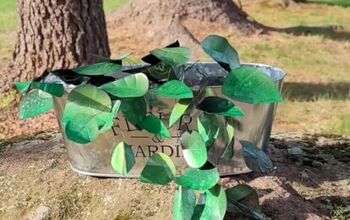


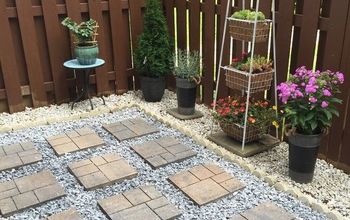

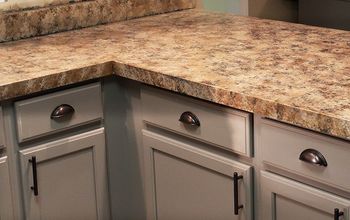




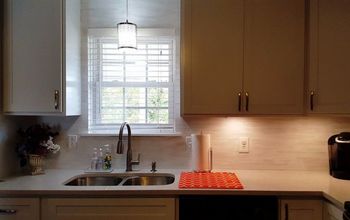


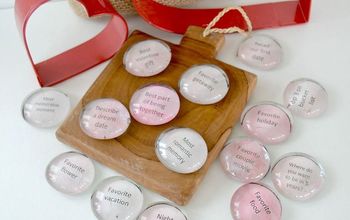

Frequently asked questions
Have a question about this project?